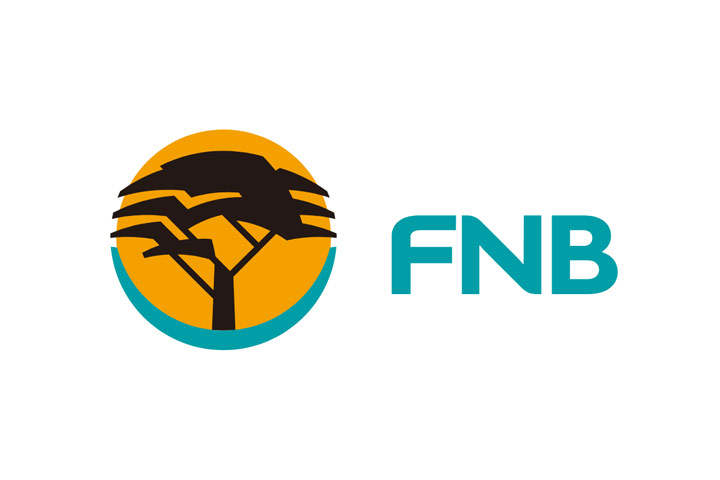Best Life Cover in South Africa: A Comprehensive Guide
Life cover (often called life insurance) is a policy that pays out a lump sum to your chosen beneficiaries when you pass away. Depending on the policy, it may also cover terminal illness or disability.
In South Africa, life cover is regulated by the Financial Sector Conduct Authority (FSCA), which means all providers must operate fairly and transparently. The payout can range from R100,000 for basic cover to more than R10 million for comprehensive policies.
Types of Life Cover in South Africa
You’ll find different kinds of life cover depending on your needs and budget:
Term Life Cover: Protects you for a set period, such as 10, 20, or 30 years. If you pass away within that period, your family receives the payout.
Whole Life Cover: Covers you for your entire lifetime, with no expiry date. Premiums are usually higher but ensure lifelong security.
Funeral Cover: Focused on paying for funeral costs, typically paying out within 48 hours to ease immediate financial pressure.
Credit Life Cover: Protects your debts (like a car loan, home loan, or credit card balance) so your family isn’t left with those payments.
Comprehensive Life Cover: Bundles life, disability, and critical illness cover into one policy.

How to Choose the Best Life Cover: Step-by-Step
Step 1: Calculate Your Needs
Think about your outstanding debts (like a home loan or car finance), monthly living costs, and future expenses such as children’s education. Add these together to estimate the cover amount you’ll need. For most families, cover of R1 million to R3 million is a good starting point.
Step 2: Compare Providers
Major insurers in South Africa include Sanlam, Old Mutual, Discovery Life, Momentum, and Liberty. Each offers different packages, add-ons, and premium structures. Don’t just look at cost—consider benefits, exclusions, and claim processes.
Step 3: Consider Your Budget
Life cover should protect your family without breaking your current budget. As a guideline, your premium should be no more than 10% of your monthly income. For example, if you earn R20,000 a month, aim to spend around R2,000 or less on cover.
Step 4: Check for Additional Benefits
Some policies offer cashback bonuses, premium waivers if you become disabled, or accelerated payouts in case of terminal illness. These extras can add long-term value.
Step 5: Review Regularly
Your needs change over time. Review your policy every 2–3 years, or sooner if you experience major life events such as marriage, buying a home, or having children.
Why Life Cover Matters in South Africa
Many South African households depend on a single breadwinner. According to Statistics South Africa, nearly 40% of households are headed by one income earner. Without life cover, your family may struggle to pay off debts, maintain housing, or afford education.
Having a policy in place means your family won’t face unnecessary financial stress during an already difficult time.
Frequently Asked Questions
[wp-faq-schema accordion=1]
Life cover may not be the easiest thing to think about, but it’s one of the most important investments you’ll ever make for your family. By choosing the right policy, you’re giving your loved ones financial security, peace of mind, and the ability to carry on without unnecessary financial strain.
If you start planning today, you’ll be able to lock in affordable premiums, access useful benefits, and rest assured that your family will be protected no matter what the future holds.
- What Does Provisionally Funded Mean At NSFAS? - November 6, 2025
- Pilot Salary In South Africa - November 6, 2025
- Bantu Education Act Essay 300 Words - November 6, 2025






